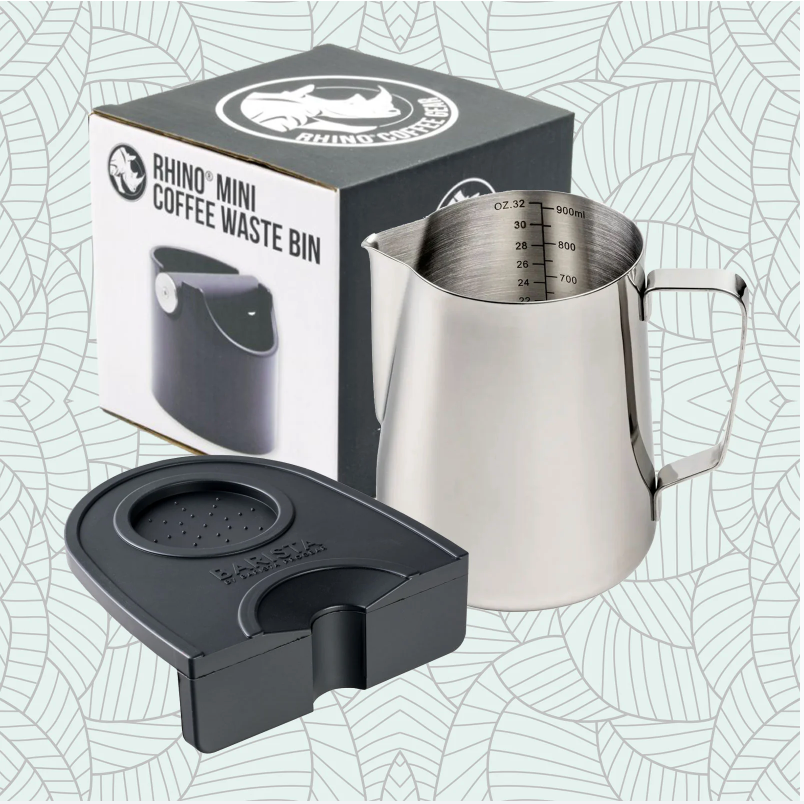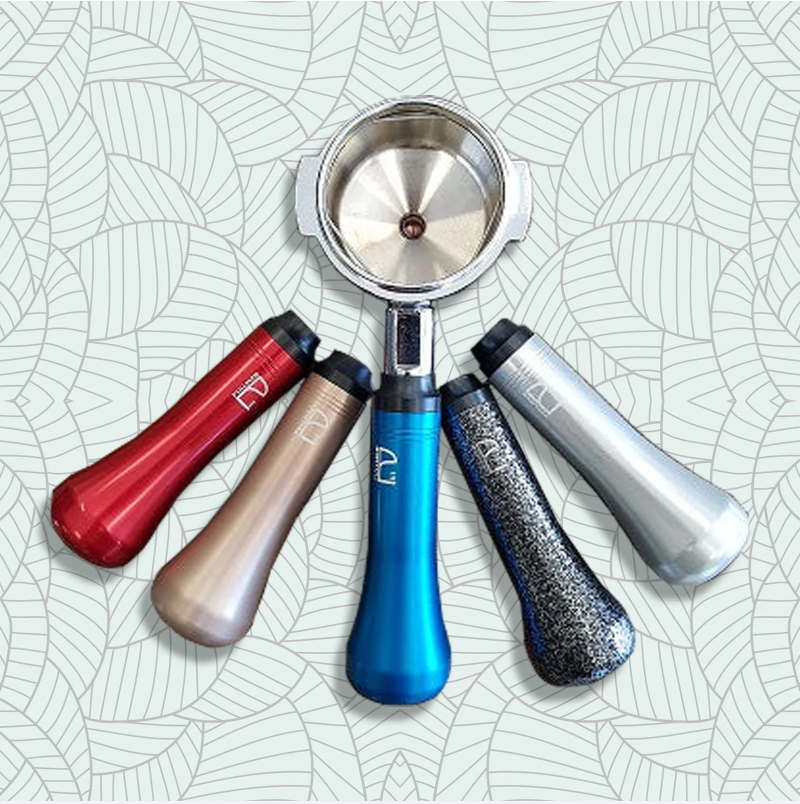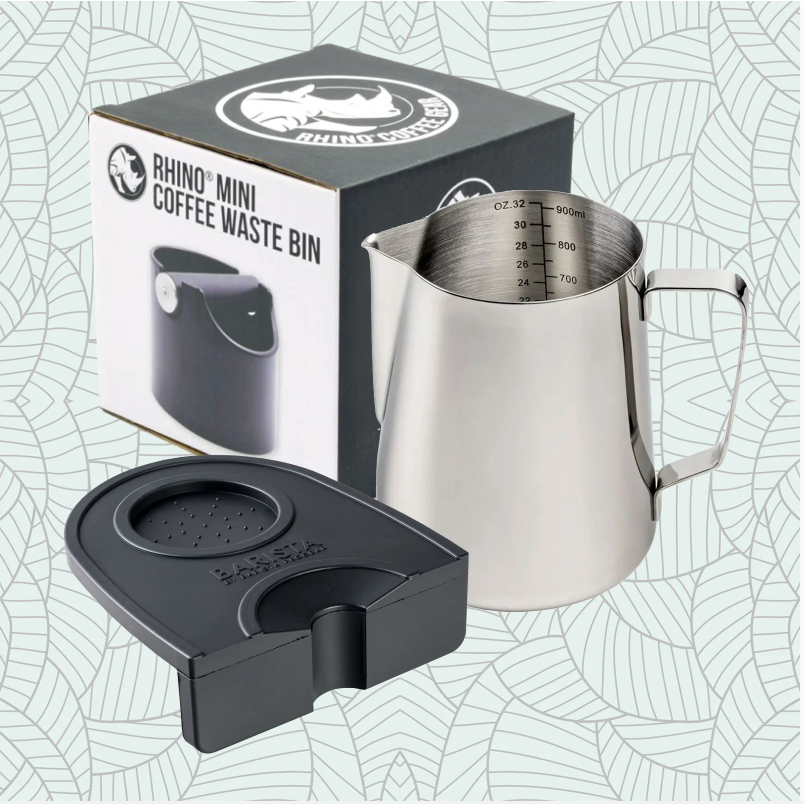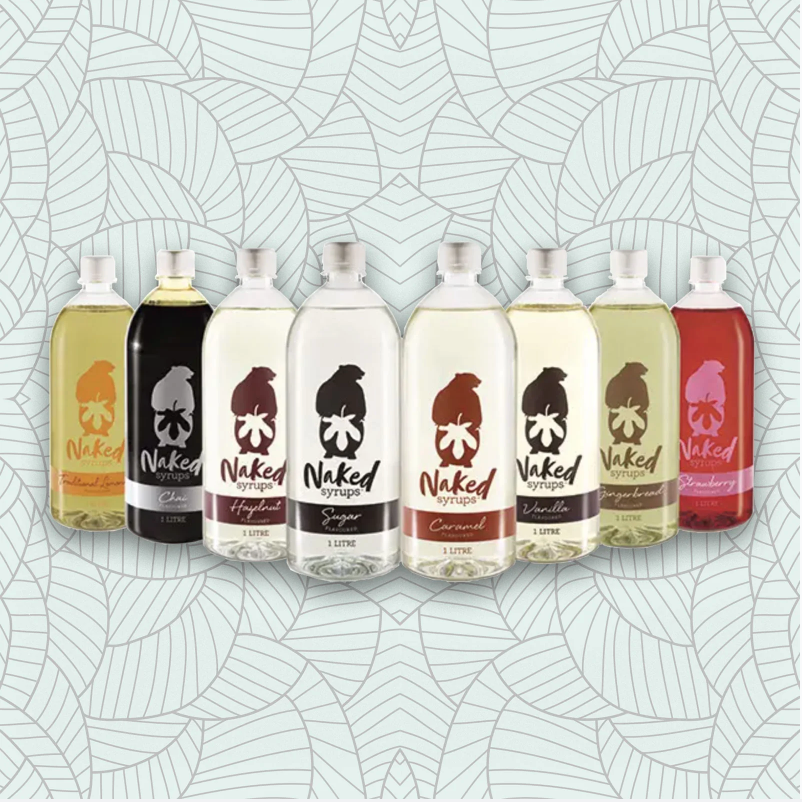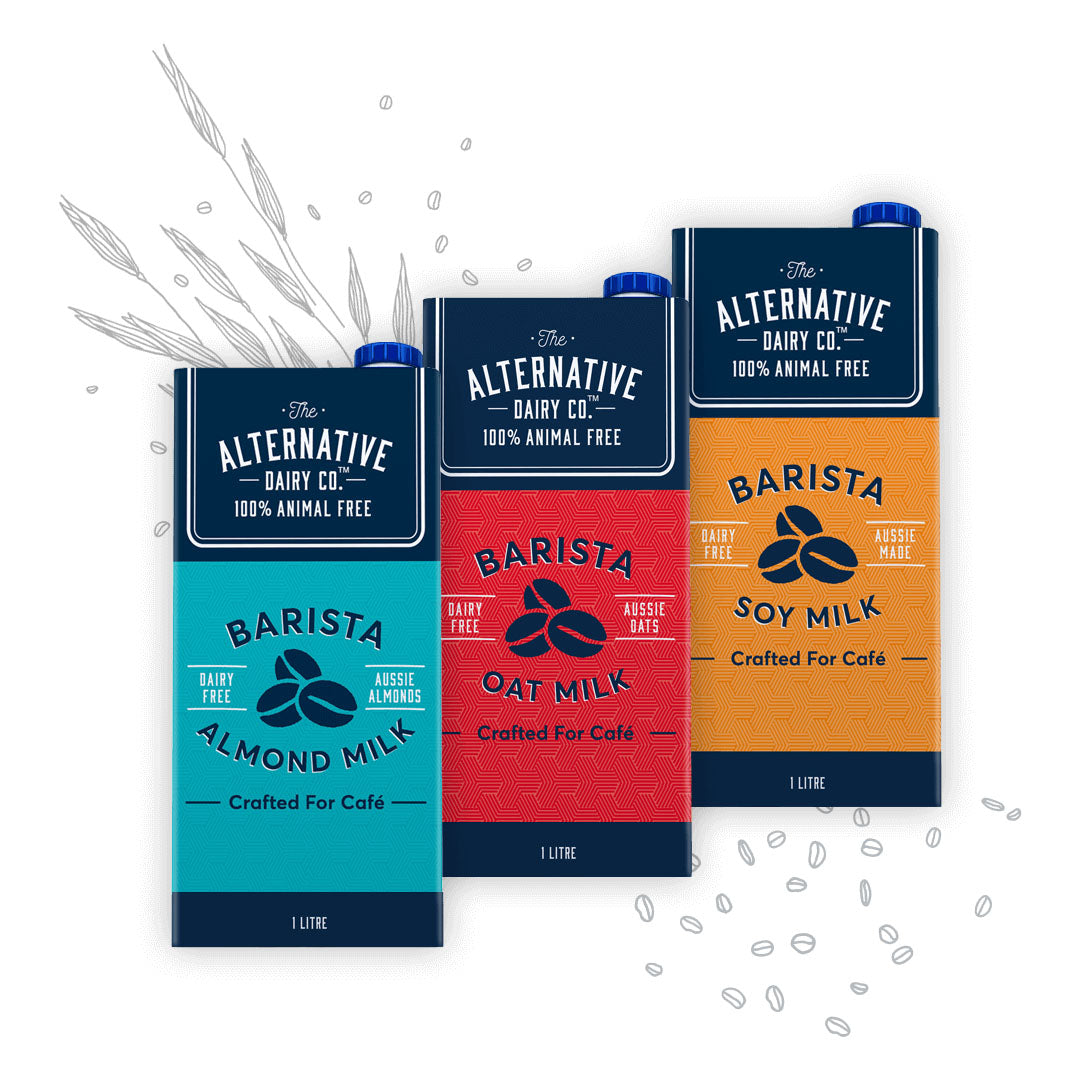The Milk Revolution in Australia's Coffee Scene
The Rise of Milk Alternatives
Australia's coffee culture has long been celebrated for its quality and innovation, with the flat white becoming a global icon of Australian café culture. However, in recent years, the variety of milk options available has exploded, transforming not just how we drink coffee but also how we perceive its flavour and texture.
The shift towards milk alternatives in Australia mirrors global trends towards health, environmental consciousness, and dietary restrictions.
Here's a look at the most popular alternative milk types and their impact on coffee:
Almond Milk: Often praised for its low calorie and fat content, almond milk has become a staple in many cafes. Its subtle nutty flavour can complement coffee, but it's criticised for its environmental footprint due to water usage. Additives like carrageenan or gellan gum are used to mimic the mouthfeel of dairy, but these can affect the coffee's taste, sometimes imparting a slightly sweet or artificial flavour.
Oat Milk: Gaining popularity for its creamy texture, oat milk is often fortified with vitamins and minerals. Its natural sweetness can alter coffee's bitterness, making it a favourite for lattes. However, its high carbohydrate content might not suit everyone's dietary needs. Stabilisers like gellan gum are commonly used to achieve that creamy consistency, which can sometimes leave a film in the mouth.
Soy Milk: With a protein content close to dairy, soy milk offers a robust alternative. Its beany flavour can be a pro or con depending on preference, but it froths well, making it suitable for cappuccinos. Concerns often revolve around GMO soybeans and phytoestrogens. Emulsifiers like lecithin help in maintaining texture, though some argue this affects the coffee's purity.
Coconut Milk: Known for its tropical hint, coconut milk is low in carbs but high in saturated fats. Its distinct flavour can overpower coffee if not balanced well.
Pea Protein Milk: A newer entrant, it's celebrated for its high protein content and similarity to cow's milk in texture and nutrition. However, its taste can be described as "beany," which might not appeal to all coffee drinkers. Additives here focus on maintaining protein solubility without altering flavour too drastically.
Rice Milk: The least allergenic, rice milk is sweet and thin, often requiring more additives like sunflower lecithin for texture. Its high carbohydrate content makes it less popular for daily coffee consumption but ideal for those with multiple allergies.
The explosion of milk options in Australia's coffee industry reflects a broader societal shift towards diversity in diet and environmental awareness. Each milk type brings its unique flavour profile and texture, influenced by natural properties and necessary additives. For coffee lovers, this means a broader palette to explore, but also a more complex decision-making process considering taste, health, and environmental impact. As the coffee culture evolves, so does our understanding of what a perfect cup of coffee can be, tailored not just to taste but to our values and lifestyles.





